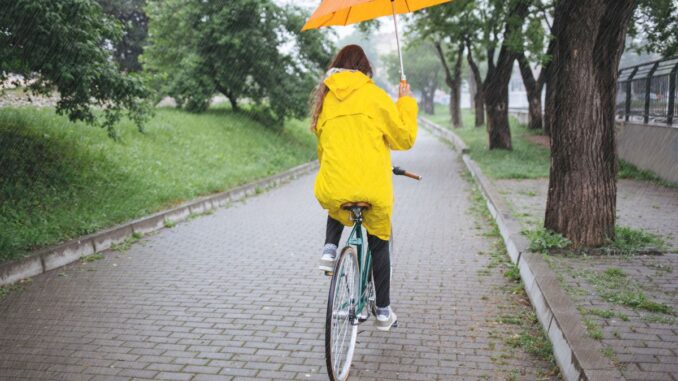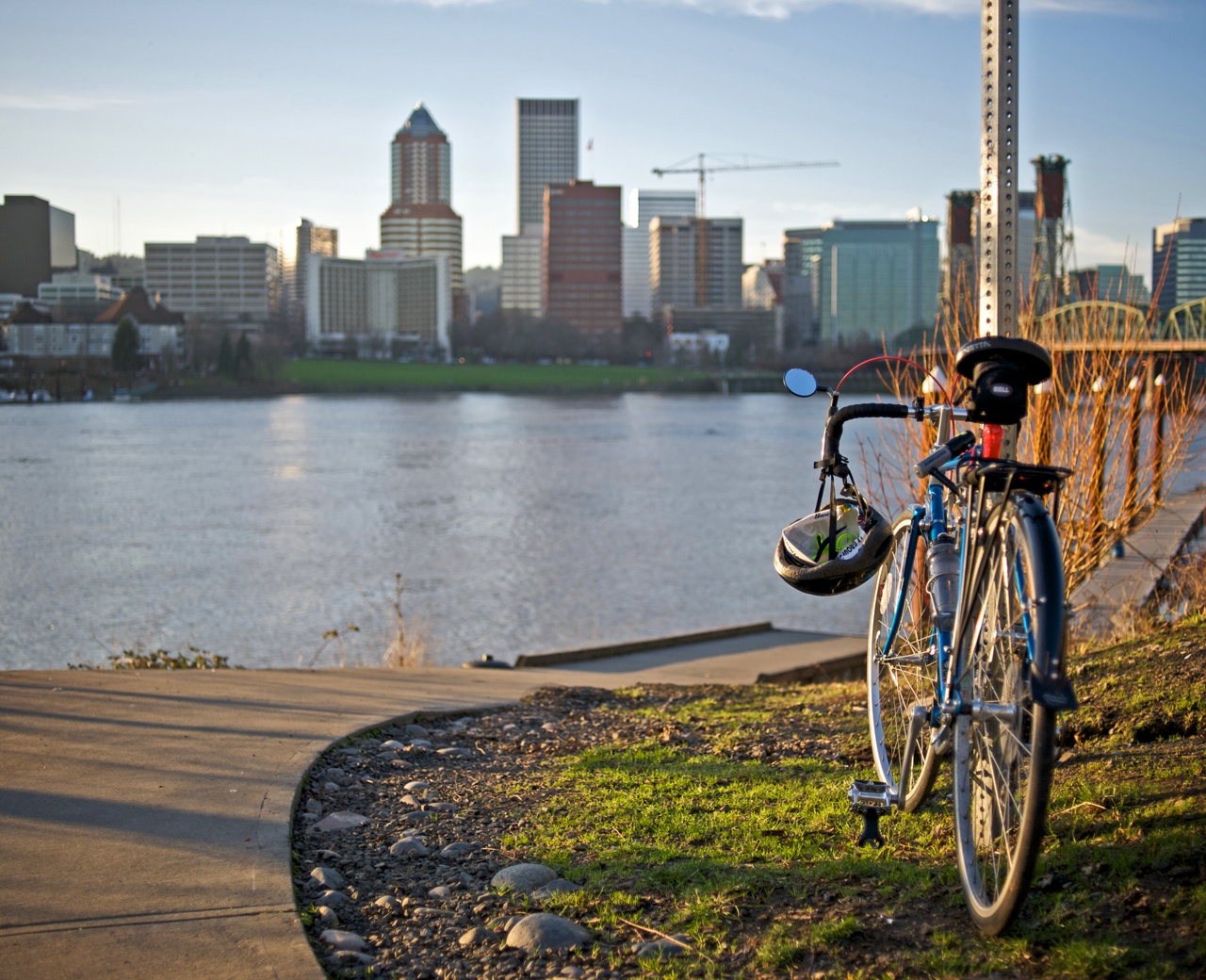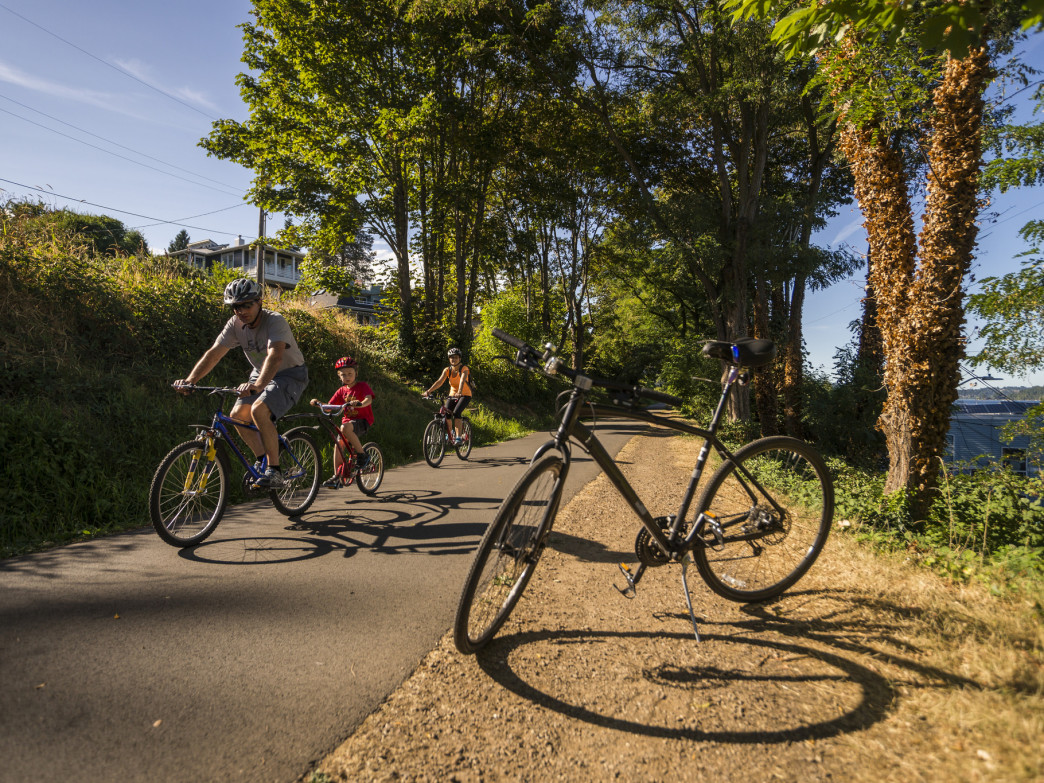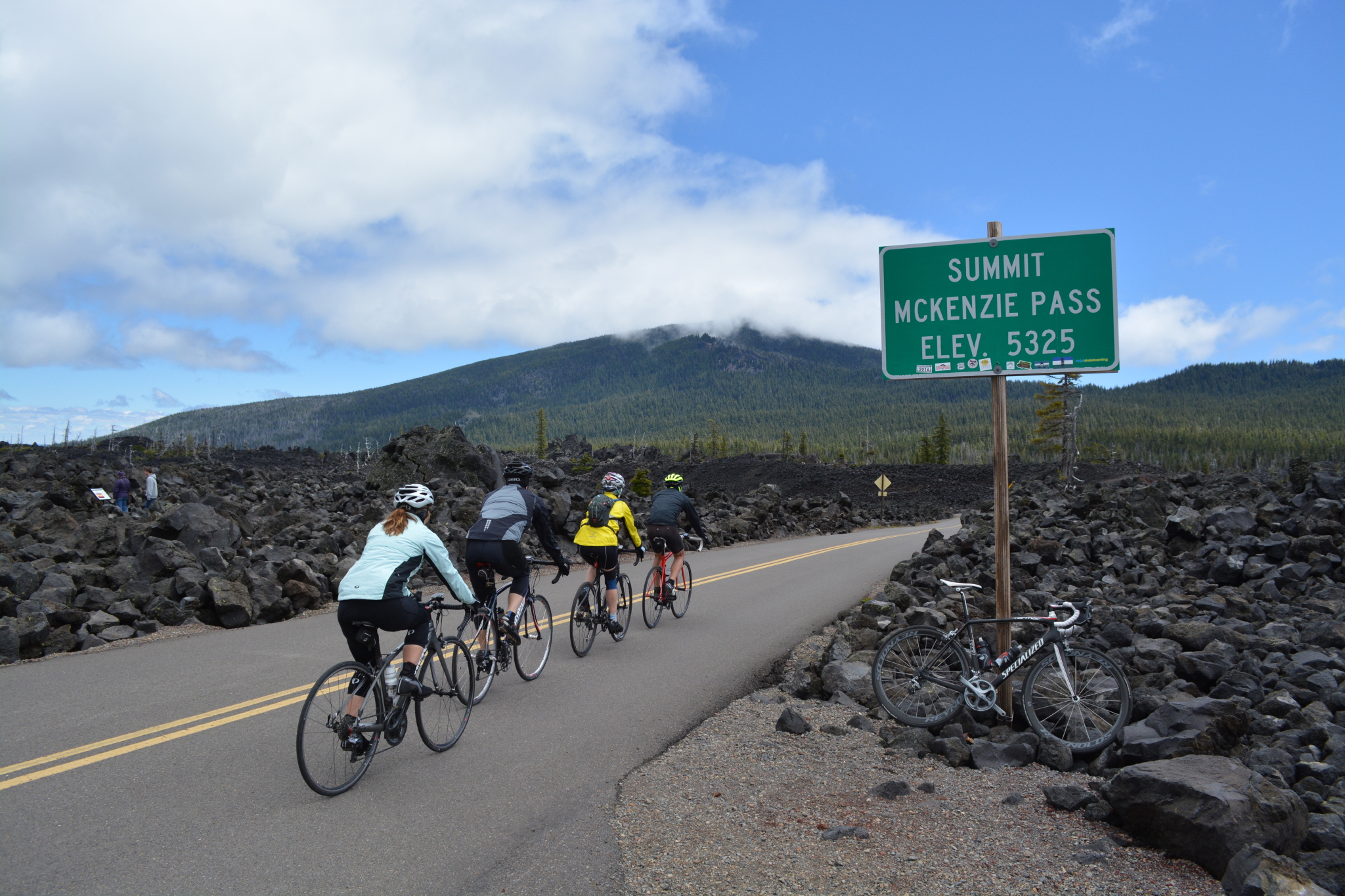
Rain doesn’t have to derail your fitness routine. Many cyclists assume that they have to stay inside during wet weather, but with the right preparation and mindset, you can maintain your training schedule year-round. Cycling in the rain actually offers unique benefits. For example, cooler temperatures prevent overheating, fewer people crowd the paths, and you build mental toughness that translates to better performance when conditions improve.
Choose the Right Gear for Wet Weather
Your equipment makes all the difference when cycling through precipitation. Start with proper clothing that keeps you dry without trapping sweat. Waterproof jackets work better than water-resistant ones, and breathable fabrics prevent that clammy feeling during intense rides.
When selecting outerwear, consider the essential qualities in a hi-vis rain jacket, including reflective strips for visibility, ventilation panels, and sealed seams that prevent water from seeping through.
Don’t Forget Your Bike’s Needs
Your bike needs attention, too. Wider tires with deeper treads provide better traction on slick surfaces. Lower your tire pressure slightly to increase the contact patch with the road. This simple adjustment dramatically improves grip and reduces the risk of sliding.
Master Safe Riding Techniques
Wet roads demand different riding strategies than dry conditions. Reduce your speed before entering corners, not during them. Sudden movements cause wheels to slip, so make all your inputs smooth and gradual. Also, brake earlier and more gently than usual, allowing extra distance for stopping.
Avoid painted lines, utility hole covers, and metal surfaces whenever possible. These become incredibly slippery when wet and can cause crashes even at low speeds.
Plan Your Route Strategically
Route selection becomes crucial during rainy rides. Stick to roads you know well rather than exploring new areas where you might encounter unexpected hazards, and choose routes that don’t typically flood. Avoid steep descents, as speed control becomes more challenging on wet surfaces.
Consider the traffic patterns, too. Rain reduces visibility for both cyclists and drivers, so select roads with bike lanes or wider shoulders when possible. Rush hour becomes even more dangerous in wet conditions as stressed drivers pay less attention to cyclists, so consider the time you go out and the areas you travel.
Maintain Your Bike After Wet Rides
Post-ride maintenance prevents long-term damage from water exposure. Wipe down your bike immediately after wet rides, paying special attention to the chain, gears, and brakes. Water washes away lubricants that protect moving parts, so reapply chain oil after every rainy ride.
By learning to cycle safely in wet conditions, you eliminate weather as an excuse for skipping workouts. Your fitness level stays steady throughout the year, and you’ll find yourself stronger and more skilled than cyclists who avoid challenging conditions.



